Thank These Master Alchemists for the Magic of Alcohol
Two Muslim scholars invented stills that could make spirits.
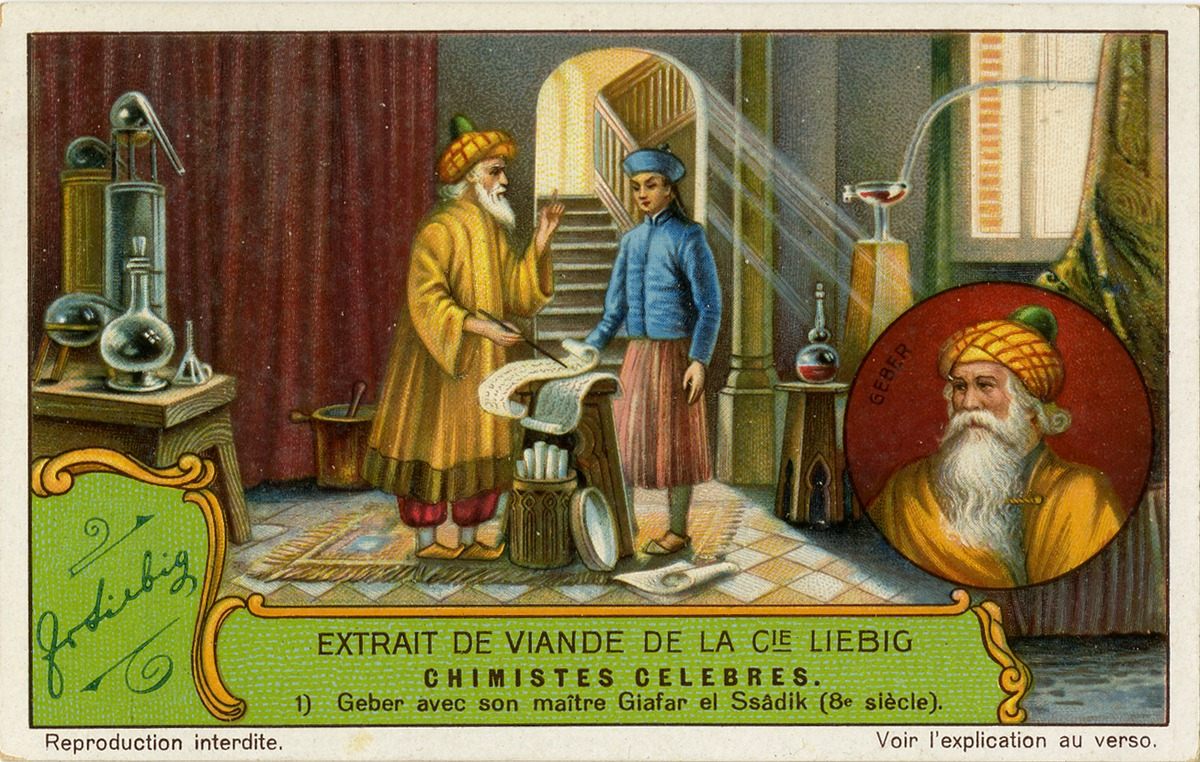
The history of alcohol goes way back. Booze made with foraged honey predated agriculture, and breweries and wineries have been with us since 4000 B.C.
But all these ancient-yet-familiar beverages are fairly low proof. In the sweep of human history, the distillation of hard liquors—from brandy to ouzo to soju—has been a surprisingly recent development: Scholars have pinpointed the invention of advanced distilling technology to the height of the Islamic Golden Age, which started in the 8th century. That influence on the distillation of liquor is so strong that it lingers in the English language, in the Arabic word “alcohol.”
Before the Islamic Golden Age, people worldwide used crude methods of distillation, such as leaving booze out in the cold and drinking what wouldn’t freeze. And the basic principles of distillation were known by ancient Greek and Egyptian scholars, including Aristotle. But the roots of modern distillation technology began with the semi-mythical Persian alchemist Abu Musa Jabir ibn Hayyan.
Born around 721 AD in modern-day Iran, he lived mainly in Kufa, in modern-day Iraq. It was a tumultuous time, and Jabir’s fortunes rose and fell with the rule of the Abbasid dynasty. He got his start early, as the son of a “pharmaceutical chemist.” His father was put to death for supporting the Abbasid family’s rise to power. But the Abbasids soon triumphed, and Jabir served as court alchemist to the caliph, Harun Al-Rashid.
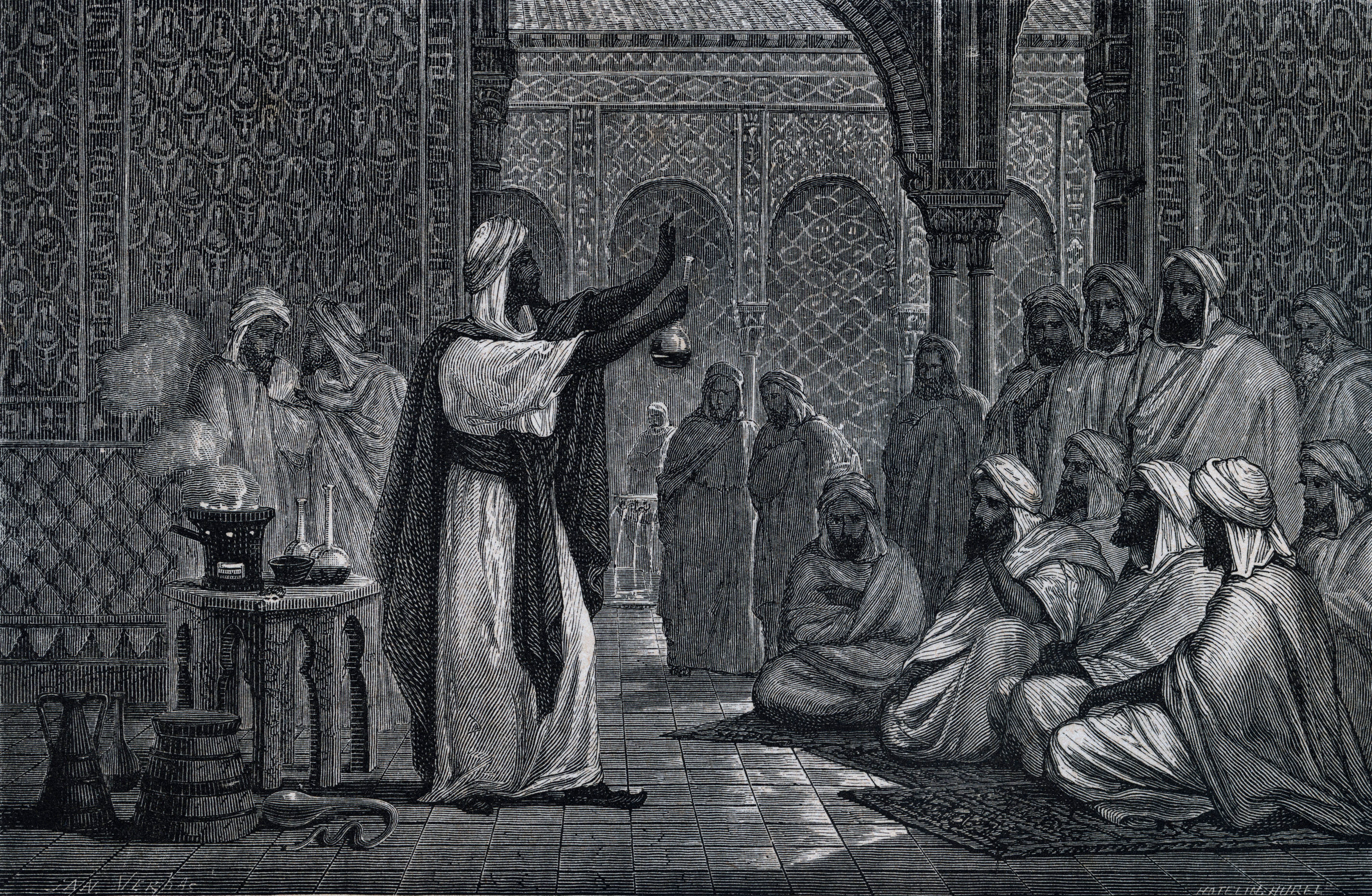
Many of Jabir’s methods and classifications are still in use today. He was especially ahead of his time for his research on acids and alkalis, the latter being another word he coined. Known as “the father of chemistry” and “the father of alchemy,” he became so well known that historians believe many people wrote under his name on a range of subjects. Adding to the confusion, many of Jabir’s attributed works were written in obscure, stilted language. Later, after the name “Jabir” was Latinized as “Geber,” despairing European alchemists trying to decipher his work came up with the word “gibberish.” (Many of them were looking to discover the secret of making gold.)
Some would say that Jabir’s most important achievement, however, was the alembic still.
An alembic is a liquid-filled container placed over a heat source. Connected by a tube to another vessel, it allows vapors from the heated substance to pass through the tube, condense along it, and drip into the other container. That condensation, which is the essence of the distilled material, became known as the “spirit.” Since alcohol has a lower boiling point than water, heating wine in an alembic still causes alcohol to evaporate first, separating it from the water. Jabir made his still of glass or pottery, while later iterations were made of copper.
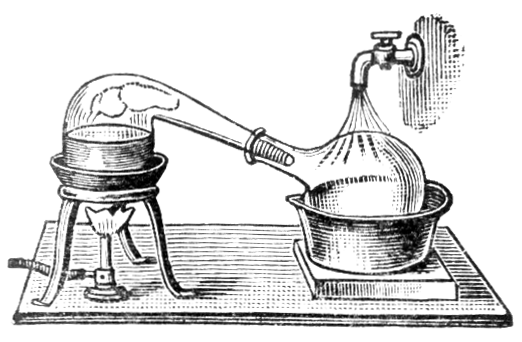
Jabir’s discovery was the key to producing higher-proof liquor. But he didn’t become a bartender extraordinaire. Instead he noted that distilling wine could create a flammable vapor, which he called “of little use but of great importance to science.”
It’s not known who first had the bright idea of drinking the spirits Jabir made. But one of Jabir’s contemporaries, the Arab poet Abu Nuwas, was famous for drinking—and for writing poetry about it. Many scholars believe that Nuwas drank distilled alcohol, which he described as “the color of rain-water and hot inside the ribs as a burning firebrand.”
The first true distiller was Muhammad ibn Zakariya al-Razi, another polymath on the scale of Jabir. He was born a century after Jabir’s death, in the middle of the Islamic Golden Age, and he was both a fellow alchemist and a pioneering physician who wrote clinically about smallpox. He wrote the first book on medicine specifically for children; he also wrote The Secret, a book that outlined how to isolate ethanol through distillation.
He called it “al’koh’l of wine”: kohl being a dark mascara powder still used today. Kohl consists of the mineral stibnite, refined using sublimation, where a solid is heated to the point that it becomes a vapor. Soon, it was a catch-all for anything that had been sublimated or distilled, morphing into today’s word alcohol.
Though liquor was finally easy to obtain, it wasn’t always drunk. Islamic society during the Golden Age swang between outright bans and surprising permissiveness when it came to booze. This phenomenon was epitomized by the lifestyle of the famous poet (and mathematician) Omar Khayyam, who rhapsodized about “a jug of wine, a loaf of bread, and thou.” But the alcohol derived from distillation was often put to work: as lamp fuel and as antiseptic.
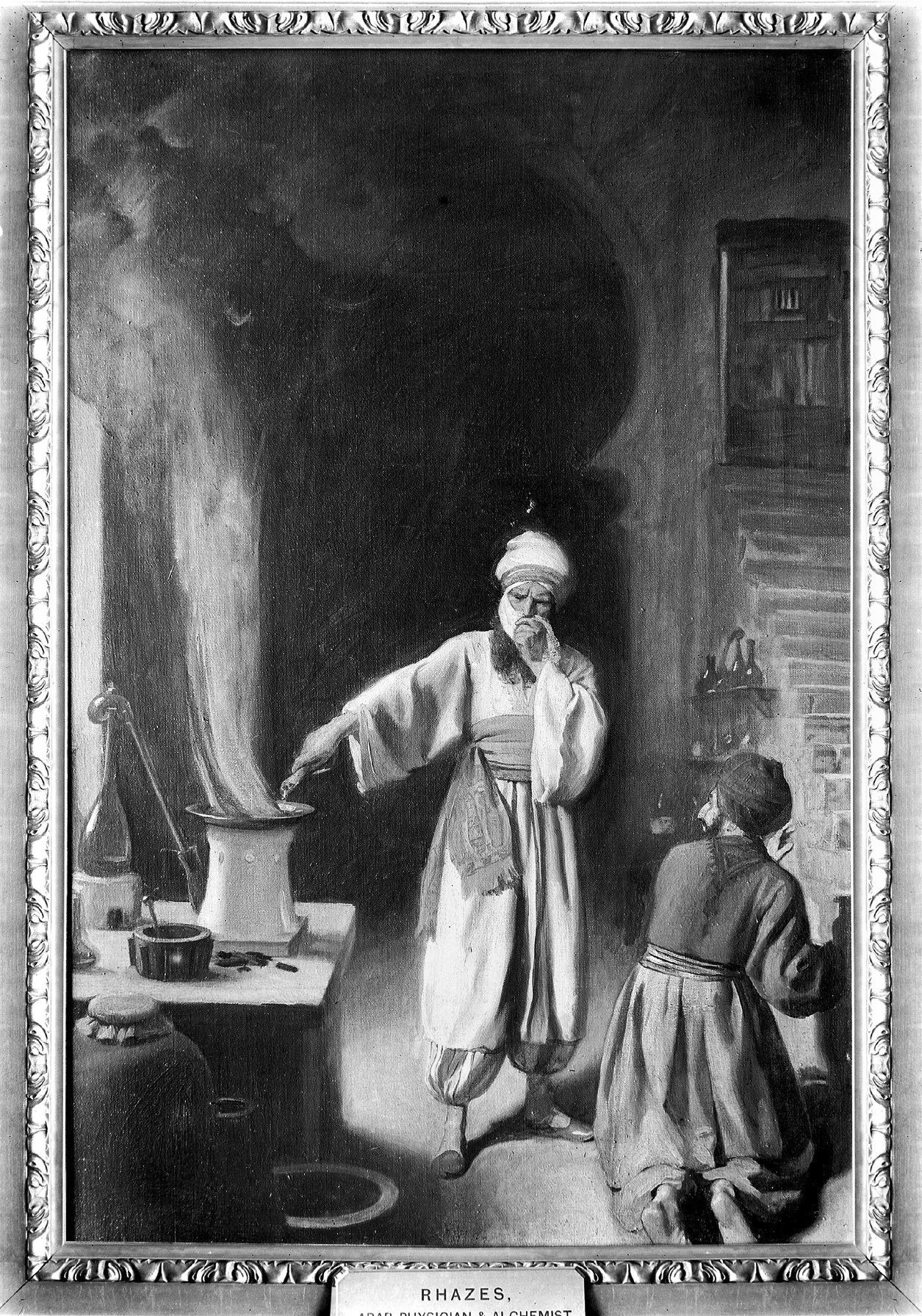
The knowledge of distillation spread quickly throughout the Muslim world, which, during the Islamic Golden Age, included parts of the Iberian Peninsula and Sicily. By the 12th century, distillation was happening at the great medical school in Salerno, Italy, the first of its kind in the West. Jabir and al-Razi’s writings weren’t translated into Latin until 1144 and 1279 AD respectively, but by 1200, liquor intended for drinking was being distilled in Spain, which was given the suitably alchemical-sounding name of aqua vini: the water of life.
References to alcohol’s origins in the Islamic Golden Age still abound. Eau de vie is still the French name for brandy, and even the word “brandy” hides a clue to its distillation: It’s derived from the Dutch word brandewijn, or burnt wine. Namely, wine that is heated using an alembic-like still. So while neither Jabir nor al-Razi discovered the secret of making solid gold, their work paved the way for making drinks that plenty of people consider as good as gold.
Gastro Obscura covers the world’s most wondrous food and drink.
Sign up for our email, delivered twice a week.






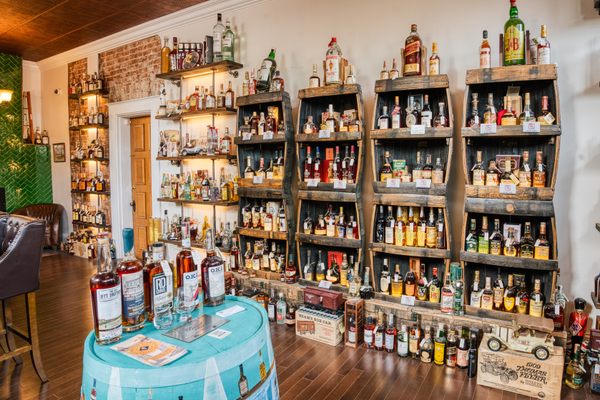
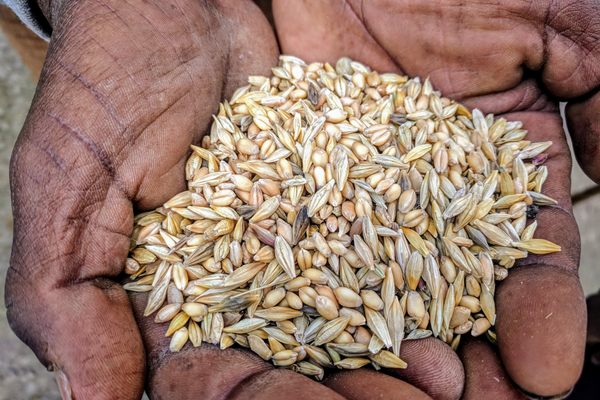























Follow us on Twitter to get the latest on the world's hidden wonders.
Like us on Facebook to get the latest on the world's hidden wonders.
Follow us on Twitter Like us on Facebook